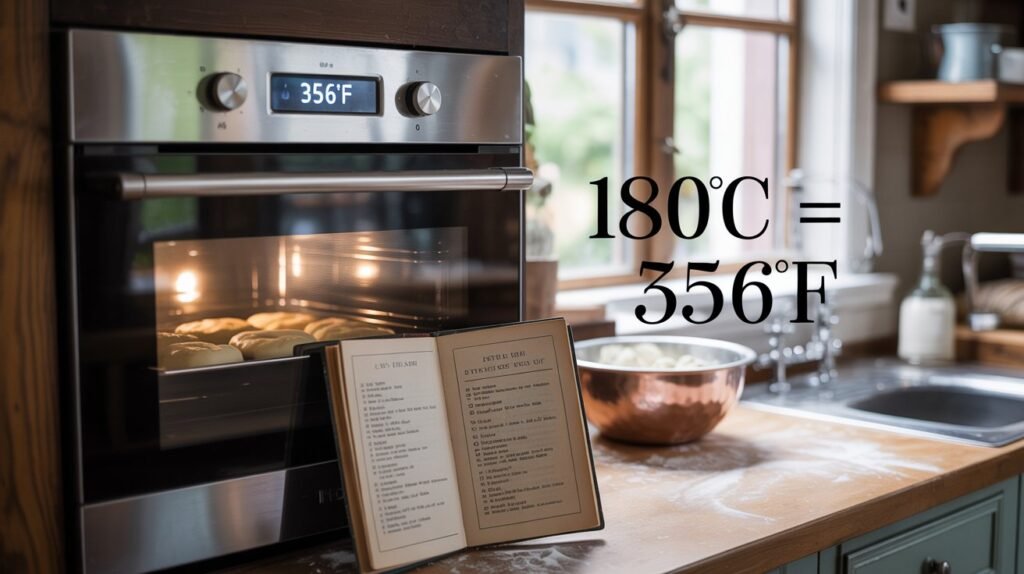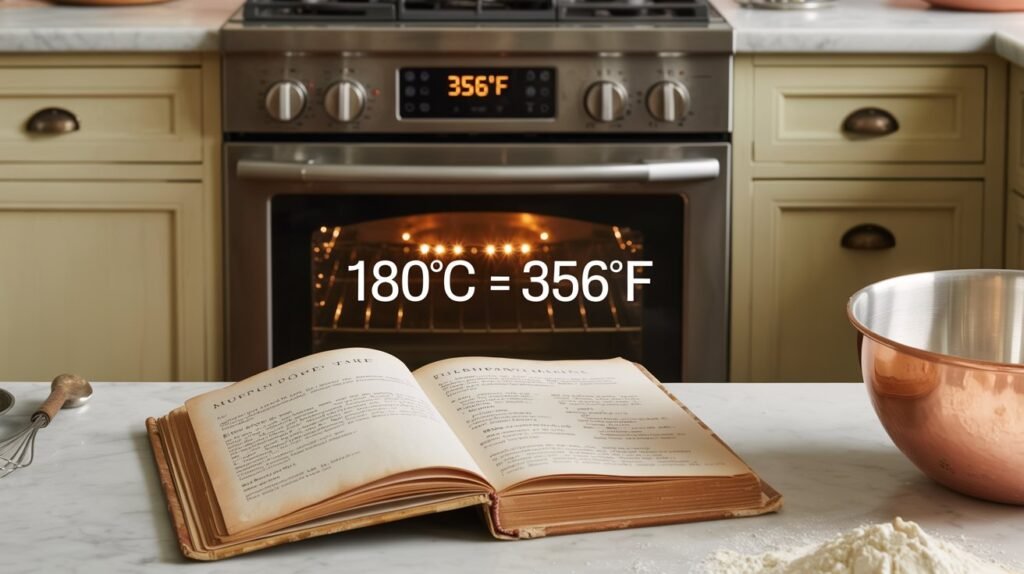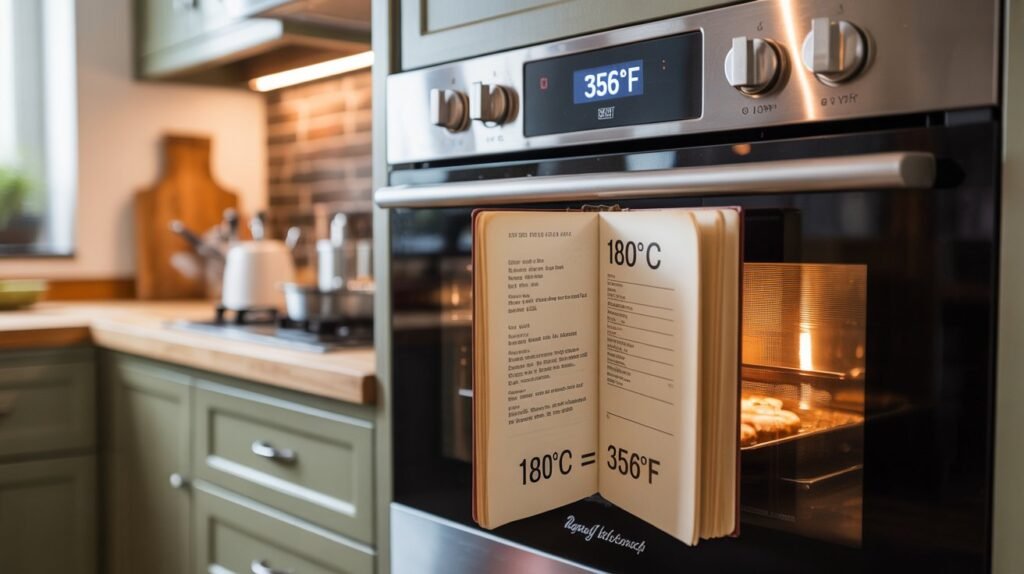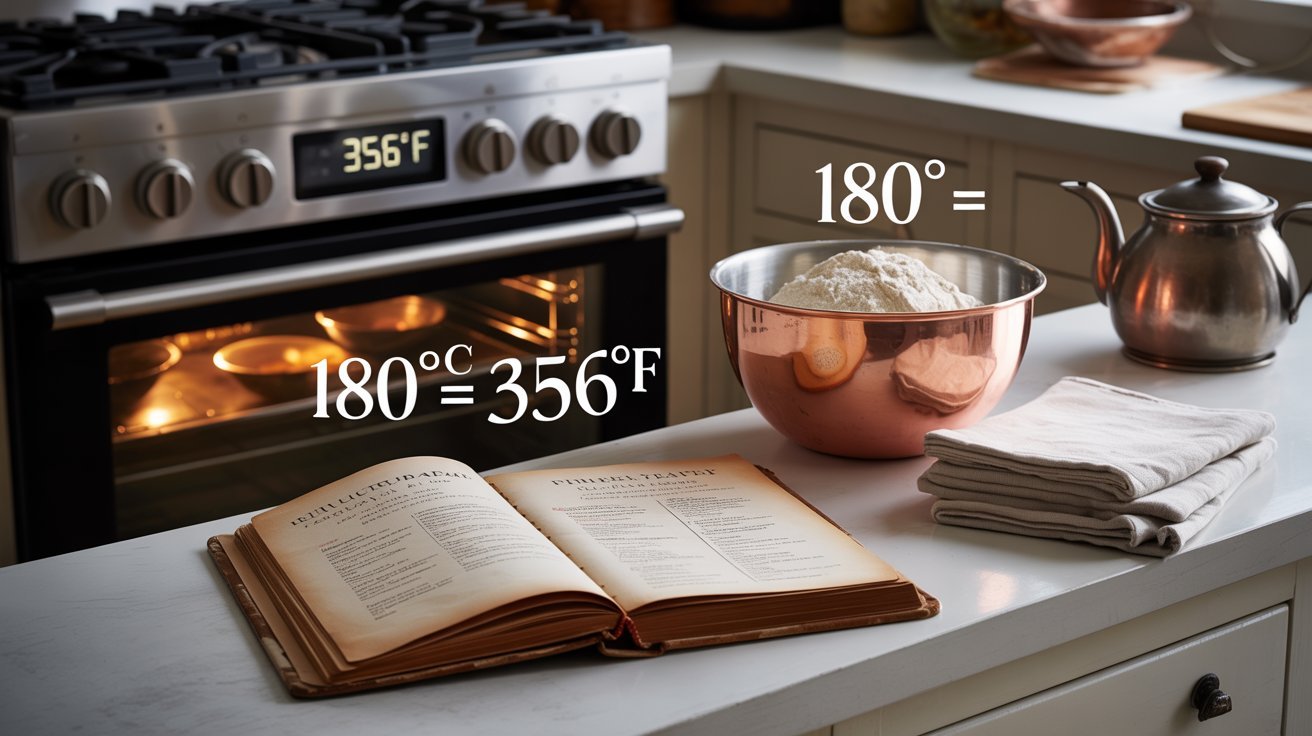Let’s be real—most of us never thought we’d use temperature conversion outside of a high school science quiz. But then you find yourself in your kitchen, staring at a foreign recipe that says “preheat oven to 180°C” and your oven only speaks Fahrenheit. Suddenly, you’re Googling “180 c to f” and hoping for a quick, clear answer. If that’s where you are right now—welcome. You’re not alone.
This article doesn’t just tell you the answer (though we’ll get to that in a second). We’ll also explore why knowing how to convert Celsius to Fahrenheit matters in real life—from baking perfect brownies to navigating international travel—and give you a couple of tricks for doing it fast when you’re in a pinch.
So, What’s 180°C in Fahrenheit?
Let’s cut to the chase. If you need to convert 180 degrees Celsius to Fahrenheit, here’s the breakdown:
The Formula:
To convert Celsius to Fahrenheit, use the classic formula:
°F = (°C × 1.8) + 32
Applying It to 180°C:
Let’s plug in 180 for Celsius:
F = 180 × 1.8 + 32
F = 324 + 32
F = 356°F
So there you go—180°C equals 356°F.
But if you’re like most people, you’re probably wondering: “Okay, but when would I ever need to know this?”
Let’s dive into some everyday situations where this little number actually makes a big difference.
Keyword Biography Table for: “180 c to f”
| Field | Details |
|---|---|
| Keyword | 180 c to f |
| Search Intent | Informational — users want to convert 180°C to Fahrenheit |
| Exact Conversion | 180°C = 356°F |
| Formula Used | °F = (°C × 1.8) + 32 |
| Quick Estimate | °F ≈ (°C × 2) + 30 → 180°C ≈ 390°F (rough) |
| Common Use Cases | Cooking, baking, scientific experiments, travel, industrial applications |
| User Persona | Home cooks, students, travelers, engineers, scientists |
| Content Type | Blog article / Conversion guide |
| Related Keywords | celsius to fahrenheit, 180 degrees c to f, oven temperature conversion |
| Topic Category | Temperature conversion / Home & Lifestyle / Science |
| Search Volume | Medium (steady global interest due to recipe and travel needs) |
| Target Location | Primarily U.S., but global relevance |
| Content Goal | To clearly explain the conversion and provide relatable real-world context |
| SEO Difficulty | Low to Medium |
The Kitchen Dilemma: Cooking Across Cultures
Picture this: You’re trying out a mouth-watering lasagna recipe from a cozy Italian food blog. It says, “Bake at 180°C for 45 minutes.” But you live in the U.S., and your oven settings go from 200°F to 500°F. Panic? Nah—just convert.
For many home cooks and bakers, this exact scenario is all too familiar. Cooking and baking are probably the most common reasons people search for “180 c to f.” Recipes travel across borders, but kitchen appliances don’t always catch up.
Real-life Example:
Emma, a college student in New York, found a British banana bread recipe that called for 180°C. She set her oven to 180°F (oops!) and waited. What came out was more soup than loaf. A quick check would’ve told her: 180°C = 356°F—a pretty standard baking temp in American recipes.

Beyond the Oven: Where Else You’ll Use This
Sure, converting “180 c to f” comes in handy for cooking—but the use cases stretch way beyond the kitchen.
Scientific Settings
In laboratories, scientists often record temperatures in Celsius, but some equipment (especially older or U.S.-based tech) still uses Fahrenheit. That’s when knowing how to convert on the fly becomes essential for accuracy and safety.
International Travel
Planning a trip abroad? Maybe you’re heading to Australia or Europe where weather reports are in Celsius. If the forecast says it’ll be 20°C, is that sweater weather or time for shorts? Understanding basic conversion helps you pack appropriately and avoid surprises.
Industrial and Manufacturing Use
In fields like manufacturing, chemical engineering, and mechanical design, temperature conversions are part of the job. A mistake as simple as misreading 180°C as 180°F can throw off an entire process.
Quick Tricks for Estimating on the Go
Sometimes you just need a rough idea. Maybe you’re at the grocery store looking at a food label or trying to understand the weather forecast on a European website.
The 2x + 30 Rule
Here’s a shortcut:
F ≈ (C × 2) + 30
Let’s try it with 180°C:
180 × 2 = 360
360 + 30 = 390°F
Now, that’s not the exact answer (which is 356°F), but it’s a decent ballpark. When precision isn’t life-or-death, this mental hack does the trick.
Why the Difference Even Matters
You might think, “What’s the big deal if I’m a few degrees off?” In baking, even a small error can mean the difference between a moist cake and a dry brick. In scientific experiments, temperature discrepancies can ruin an entire trial. In industry, they can cost thousands in faulty products.
So yeah—getting it right actually matters.

Bonus: Reverse It—Fahrenheit to Celsius
What if you’re converting the other way? Say you know your oven’s at 356°F but want to check if that matches the 180°C your European friend recommended.
Use this formula:
C = (F – 32) ÷ 1.8
So:
C = (356 – 32) ÷ 1.8
C = 324 ÷ 1.8 = 180°C
It checks out!
A Little History for the Curious Minds
Ever wonder why we even have two systems?
- Celsius is used by nearly every country on the planet for scientific and everyday temperature readings. It’s based on the freezing (0°C) and boiling point (100°C) of water, making it intuitive and easy to scale.
- Fahrenheit, used mostly in the United States, sets water’s freezing point at 32°F and boiling at 212°F.
Different 180 c to f folks—but we all need a bridge between the two, especially in today’s global world.
TL;DR – Quick Recap
- 180°C = 356°F
- Use the formula: F = (C × 1.8) + 32
- Useful in: cooking, science, travel, and industry
- Approximate with: F ≈ (C × 2) + 30
- Always double-check when accuracy matters!

Final Thoughts: Why You Should Bookmark This
You might only need to convert 180 c to f once in a while—but when you do, having the right answer can save a recipe, a trip, or a project. Understanding how to convert between Celsius and Fahrenheit gives you more than just a number—it gives you confidence, flexibility, and a better grasp of the world around you.
So the next time you see 180°C in a recipe, a manual, or a forecast, you won’t blink. You’ll just smile, convert it to 356°F, and carry on like a pro.


